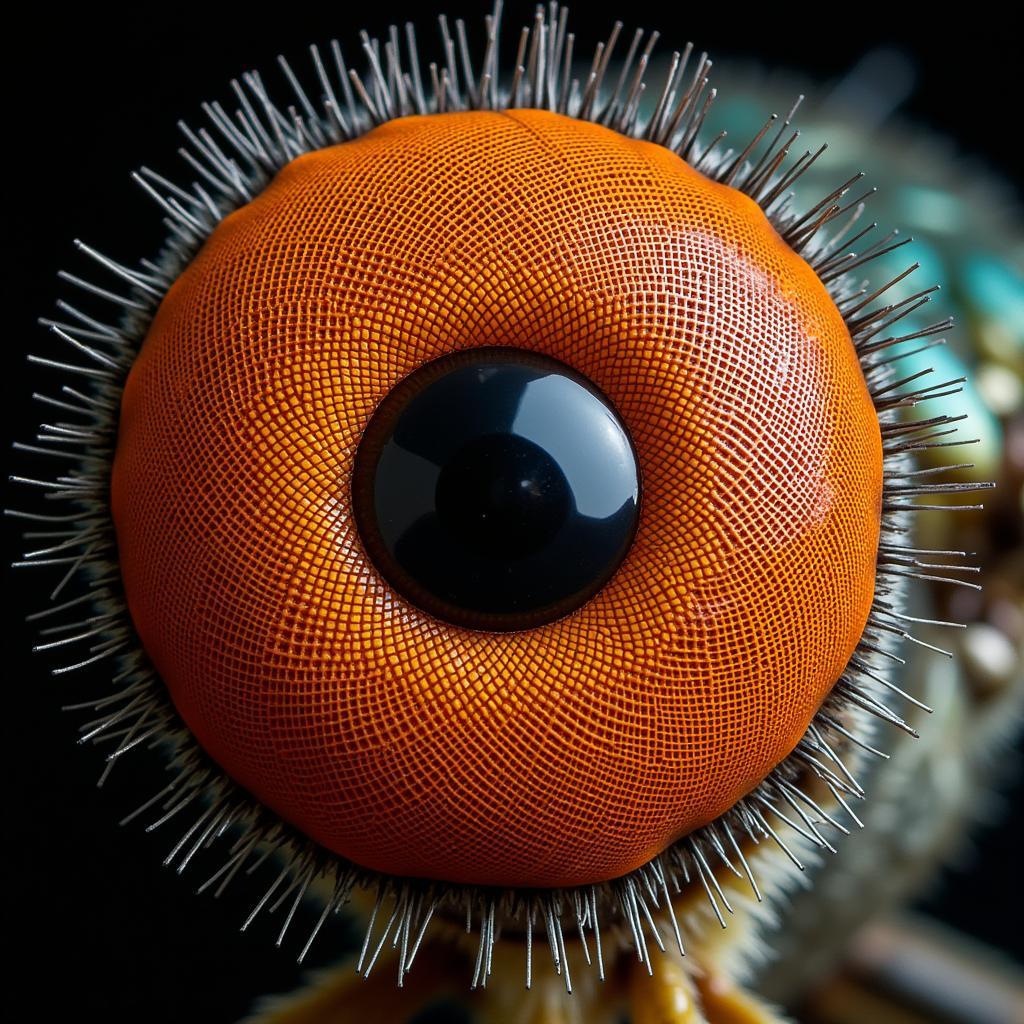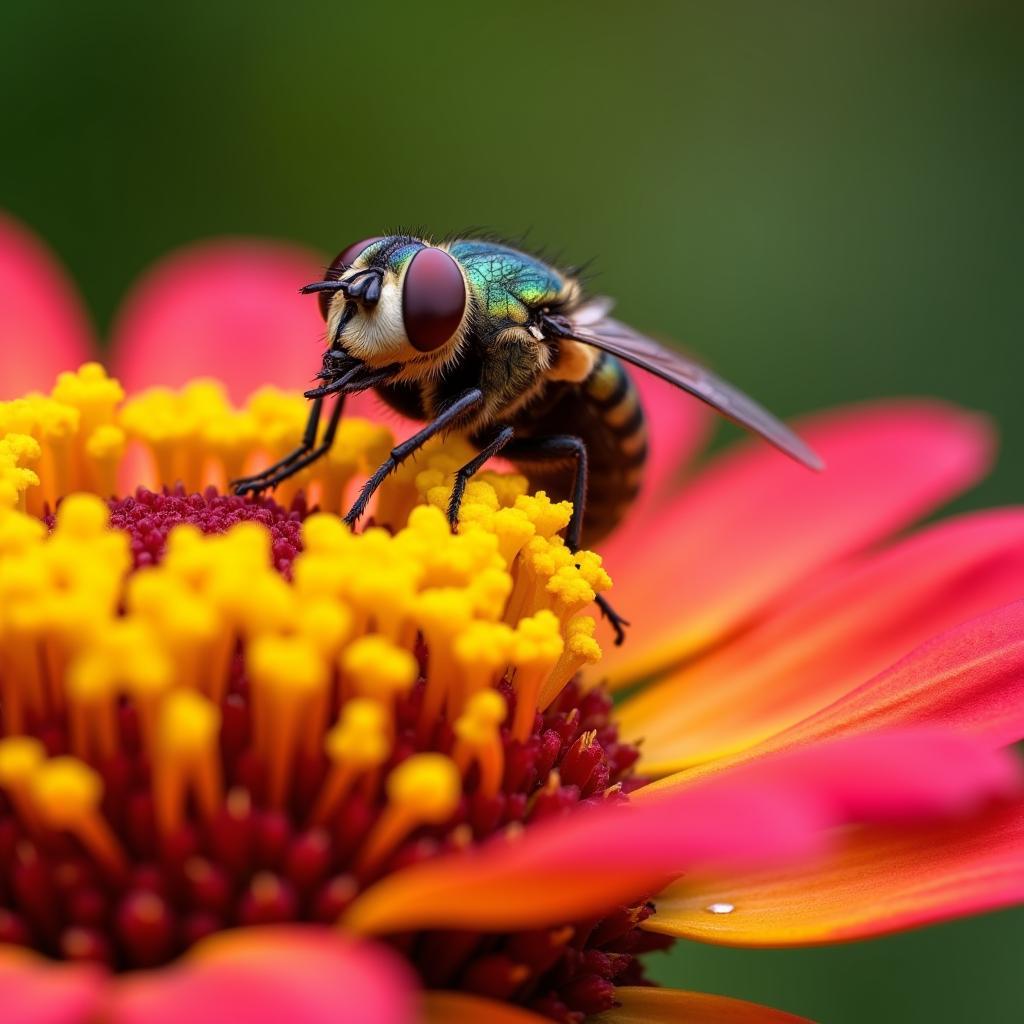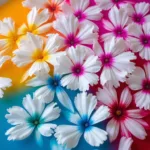Flies, those buzzing creatures we often shoo away, experience the world quite differently from us. One intriguing question that arises is: Can Flies See The Color Brown? Let’s delve into the fascinating world of fly vision and uncover the answer.
How Flies See the World
Flies possess compound eyes, which are made up of thousands of individual units called ommatidia. Each ommatidium acts like a tiny eye, capturing a small portion of the visual field. These images are then combined in the fly’s brain to create a mosaic-like view of their surroundings.
This type of vision, while different from ours, allows flies to excel in detecting movement. They can process visual information much faster than humans, which is why it’s so tricky to swat them!
 Fly Eye Structure
Fly Eye Structure
Color Perception in Flies
Flies can see colors, but their range is different from what humans perceive. They have a broader spectrum of vision, extending into the ultraviolet (UV) range. This ability to see UV light plays a crucial role in their navigation, foraging for food, and finding mates.
While flies can see a wide array of colors, including shades of green, blue, and even UV, their ability to perceive brown is limited. This is primarily because brown is not a spectral color like red, green, or blue. Instead, it is a combination of these colors perceived by our eyes when light reflects off certain surfaces.
Why Brown Doesn’t Stand Out to Flies
Brown, often associated with earth, wood, and decaying matter, is a color that blends into the background for flies. Their visual system prioritizes colors that are essential for their survival. For instance, the bright colors of flowers attract flies seeking nectar, while the UV patterns on some flowers guide them to pollen and nectar sources.
Therefore, while flies may not perceive brown as distinctly as humans, their vision is finely tuned to detect colors and patterns crucial for their survival and reproductive success.
 Fly on Flower
Fly on Flower
The Role of Other Senses
Even though flies might not see brown as prominently as we do, they rely on other senses to navigate their environment. Their sense of smell is highly developed, allowing them to locate food sources, even those that might be camouflaged to our eyes.
Conclusion
So, can flies see the color brown? While they might not perceive it in the same way humans do, their vision is remarkably adapted to their needs. Their ability to detect a wide spectrum of colors, especially in the UV range, combined with their acute sense of smell, makes them highly successful creatures, despite their seemingly limited perception of brown.
FAQ
- Do all flies have the same color vision?
No, color vision can vary slightly between different fly species, depending on their ecological niche and visual needs. - Can flies see in the dark?
Flies cannot see in complete darkness. However, they have excellent low-light vision, allowing them to navigate and find food in dimly lit conditions. - Why are flies attracted to certain colors more than others?
Flies are attracted to bright colors, particularly shades of blue, green, and UV, as these colors often signal food sources like flowers or ripe fruit.
Need Help with Color in Your Life?
Contact Color Box Hanoi at 0373298888 or email us at [email protected]. Our team of color experts is available 24/7 to assist you with all your color needs. Visit our store at 86 Cầu Giấy, Hà Nội, to explore a world of color possibilities.
We can help you with:
- Choosing the perfect paint colors for your home
- Creating a harmonious and inspiring living space
- Understanding the impact of color on mood and behavior
Let us help you transform your world with the power of color!

